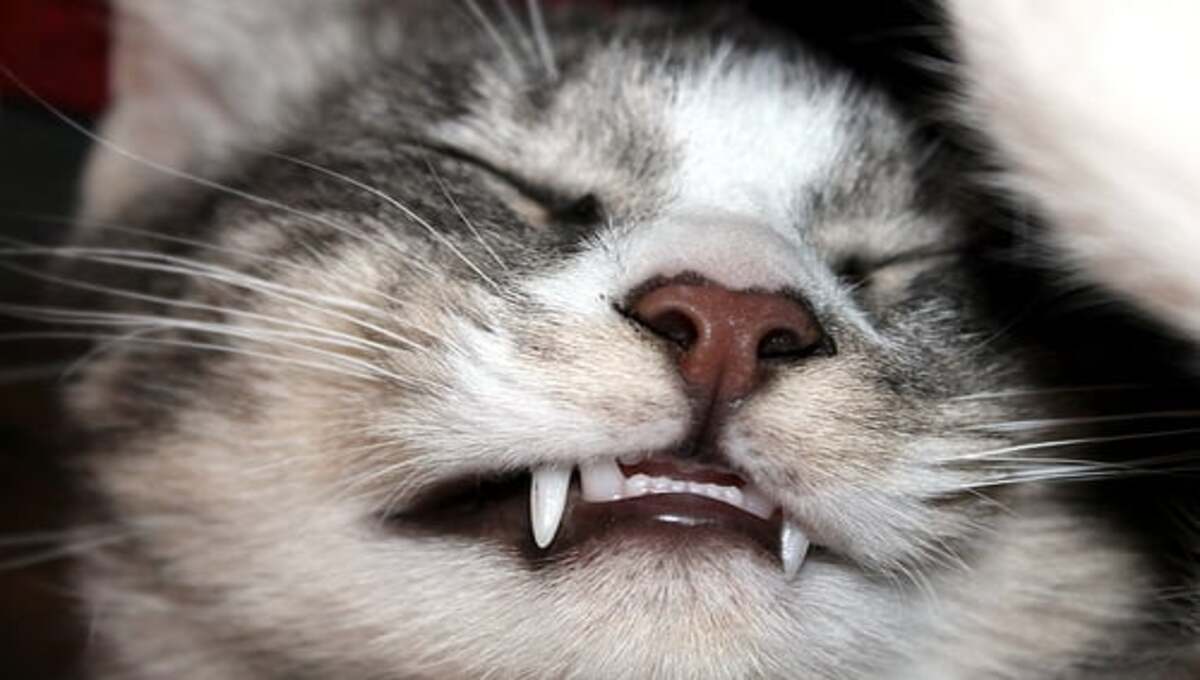
How to Brush Your Cat's Teeth: Tips and Techniques - howmuchisit.org
Cats’ oral hygiene is just as important as ours. Brushing your feline’s teeth regularly is essential to prevent dental problems, such as tartar, bad breath, and periodontal disease.
While it may seem like a challenging task, with the proper techniques and patience, you can establish an effective brushing routine to keep your cat’s mouth clean and healthy.
In this article, we will present a step-by-step guide on how to brush your cat’s teeth, along with some helpful tips to make the process easier for both of you.
Start by selecting a toothbrush specially designed for cats. These brushes have soft bristles and small heads, ideal for reaching your feline’s teeth.
Avoid using human toothbrushes, as they can be very hard and uncomfortable for your cat. As for toothpaste, only use pastes formulated for cats, as human pastes can be toxic to them.
Before you start the actual brushing, familiarize your cat with the process. Start by gently touching his lips and mouth to get him used to having this area handled.
Next, use your finger to gently massage your cat’s gums and teeth, simulating the brushing motion. Do this for a few minutes every day until the cat gets used to the touch.
After your cat gets used to the touch in his mouth, it’s time to introduce the toothbrush. Start by rubbing it gently against your cat’s teeth for a few seconds.
Use gentle, circular movements, paying special attention to areas where tartar build-up is common. You should gradually increase the time for brushing as the cat becomes more comfortable.
Throughout the brushing process, reward your cat with praise, affection, and small rewards, such as special cat treats. This will help associate brushing with a positive experience and build a bond of trust between you.
Brushing your cat’s teeth can take time to become a comfortable routine for both of you. Be patient and persistent.
Do short daily brushing sessions and try not to push your cat too hard, as this can create the opposite effect and make the process stressful for him. Remember that consistency is key to achieving effective results.
Never use excessive force when brushing your cat’s teeth, as this can hurt the sensitive gums.
If your cat cannot tolerate brushing with a toothbrush, try using a soft silicone finger to massage his teeth and gums.
Choose a quiet, relaxed time to brush your cat’s teeth, avoiding any outside distractions that might get in the way.
If you find it difficult to brush your cat’s teeth on your own, consider consulting a veterinarian for advice and perhaps even professional treatment.
Regular brushing of your cat’s teeth is key to ensuring proper oral hygiene and preventing dental problems. While it may take time for your cat to get used to the process, patience and consistency are essential to establishing an effective brushing routine.
Remember to use the right equipment, introduce brushing gradually, and reward your cat during the process. With care and dedication, you’ll be promoting your feline’s oral health and strengthening the bond between you.
Welcoming a dog into your life is one of the most rewarding experiences. But along…
From cozy homes in the American suburbs to bustling urban cities, pets have a special…
To own an exotic pet is to immerse yourself in a unique world. Whether it's…
The unconditional love that our canine friends give us is truly unique. As responsible owners,…
Dogs, our loyal and loving companions, have a range of preferences and pleasures that contribute…
Introduction to the Pomeranian Breed The Pomeranian, often lovingly referred to as the "Pom," is…
This website uses cookies.